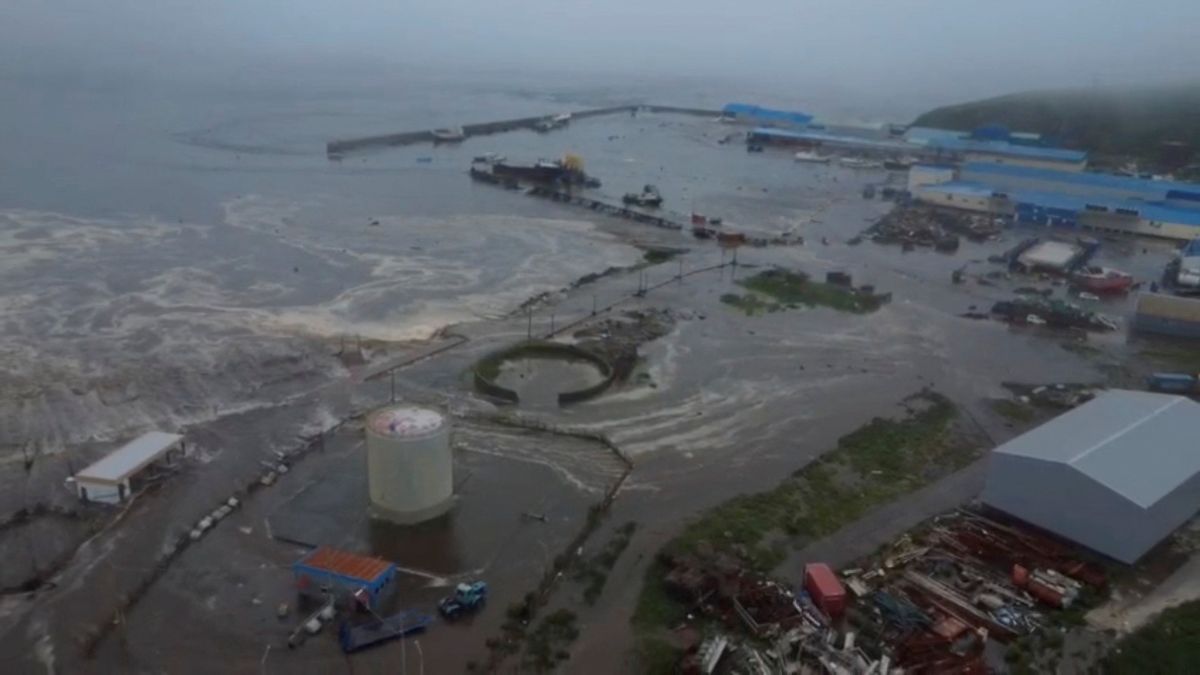An 8.8 magnitude earthquake struck Russia’s Kamchatka Peninsula today (July 30) leading to tsunami warnings across sections of Alaska, the Pacific, Japan, and Russia.
Such quakes occur when tectonic plates suddenly shift, often at subduction zones. The rapid movement of these plates caused the seafloor to lift, displacing large volumes of water and generating tsunami waves that later reached coastal areas like Severo-Kurilsk.
“Today’s earthquake was serious and the strongest in decades of tremors,” Kamchatka Governor Vladimir Solodov said in a video posted on the Telegram messaging app.
He added that a kindergarten was damaged due to strong tremors.
The earthquake off the Kamchatka Peninsula was the strongest since 1952, the Kamchatka branch of the Geophysical Service of the Russian Academy of Sciences said.
“Given the scale of this event, we should expect strong aftershocks, possibly with magnitudes up to 7.5,” the Service said in a statement.
But why do earthquakes occur?
Let’s take a closer look:


)

)
)
)
)
)
)
)
)



